Chemists who discovered a new technique for measuring complex reactive processes at the interface of liquids, solids and gases have received the 2023 Michigan Technological University Bhakta Rath Award.
The accomplishments of Assistant Professor Kathryn Perrine and her mentee, research assistant Chathura de Alwis, resulted in new insights into the chemical mechanisms of oxidation-reduction — or redox — reactions on iron and other earth-abundant metals and materials. The findings are important to current and future industries and energy applications.
The Perrine Research Group uses surface analysis instruments, including polarized modulated-infrared reflection-absorption spectroscopy (PM-IRRAS), to measure surface chemistry, uncovering physical and chemical phenomena that addresses global challenges in energy and environmental science. The multidisciplinary group, which has uncovered fundamentals that address corrosion, water quality, carbon capture and other critical challenges, includes researchers from the fields of chemistry, materials science, physics and engineering.
The recipient of a spring 2022 doctoral finishing fellowship and the 2021 Robert and Kathleen Lane Research Fellowship, de Alwis completed his master’s and doctorate in physical chemistry at Michigan Tech. He received his Ph.D. in Surface Science and Physical Chemistry in 2022 and is currently an LTD etch module engineer at Intel Corporation.
Perrine and de Alwis were nominated for the award by leading scientists who emphasized the widespread applications of the duo’s work, the precision and potential of their measurement method and their detailed documentation and excellence in research.
“The work offers a new understanding of iron corrosion, which is important in many industries and energy applications,” wrote nominator Ashley R. Head, associate scientist in the Center for Functional Nanomaterials at Brookhaven National Laboratory, in her letter of support. “Their technique to study interfaces offers a higher degree of control of the liquid thickness and allows chemistry in air to better mimic chemical processes in real-world applications.”
In another letter of support, nominator Hendrik Bluhm, group leader of the Fritz-Haber Institute Department of Inorganic Chemistry in Berlin, Germany, said the measurement method will be adopted by surface science and spectroscopy groups around the globe.
Nominator Petra Reinke, a professor in the University of Virginia Department of Materials Science and Engineering, noted in her nomination letter that the complexity of studying and interpreting surface reactions cannot be understated and applauded the duo’s systematic approach, productivity and academic excellence as demonstrated in numerous papers and presentations that track their steady progress and achievements.
In this Michigan Tech News Q&A, Perrine and de Alwis reflect on their findings and their work together.
Q: What is your research about?
KP: We investigate surface chemical reactions leading to iron corrosion and carbon capture, through mineral formation, at the air-liquid-solid interface. We use a method that we developed to uncover key mechanistic questions of pipeline corrosion, water quality and atmospheric processes, as well as surface catalytic reactions in complex interfaces.
CA: The liquid cell-based PM-IRRAS method was developed to simultaneously observe complex chemical reactions that are occurring at the air-liquid-solid interfaces under ambient conditions. A vast array of reactions can be investigated using this new method, such as interfacial metal corrosion, mineral formation, and adsorption of molecules dissolved in liquid phases, mono/poly layer adsorptions and adsorption of gas molecules at interfaces under varying chemical environments. This method also helps to qualitatively and quantitatively study the composition of chemical products that are formed at the interfaces of air-liquid-solid interfaces and study their kinetics.
Q: What are some of the applications of your research?
KP: My current group is working on understanding the mechanisms of pipeline corrosion from the interaction with water disinfectants, which affects our water distribution infrastructure. We are also working on measuring the mechanisms of carbon capture at liquid-solid interfaces. These are important for addressing the effects of climate change.
CA: The method can be used to study any complex reaction that occurs at the gas-liquid-solid interface under ambient conditions. The reaction could be mono/poly layer adsorptions, redox reactions, inorganic/organic reactions, mineral formations, and adsorption of atmospheric or controlled environmental gases at gas-liquid-solid interfaces. Understanding fundamental chemistry at such interfaces influences to broaden our understanding on chemistry of macroscopic systems, such as metal corrosion, mineral formation and behavior of water contaminants.
Q: You arrived at an important realization that moved your research forward during a demonstration at a Water Festival for Environmental Science Outreach. Tell me more about that moment of realization.
KP: Our group developed and delivered simple corrosion experiments as part of the grades K-12 Environmental Science Outreach program, with help from Joan Schumaker-Chadde. During an outreach demo, I left a sample of iron dipped in diluted vinegar and salt solution to show students corrosion. There my research students and I presented a demo about corrosion of copper, zinc, and steel as a model for water pipelines, which can help students understand water quality and the impacts of the Flint water crisis. At the end of the demo, the iron sample had formed a red colored rust strip at the interface of the air and the solution. At that moment, I realized that the interface region had some interesting chemistry. The ring color left behind was measured using PM-IRRAS, a reflective surface analysis technique, which led to the idea that an ultra-thin liquid layer was needed to see the solid surface changes. I rushed back to the lab after the demonstration and tested the reflection with a laser pointer. We later reproduced the result in the lab with a stable setup, enabling us to observe iron surface oxidation in real time.
Q: What were some of the existing tools you worked with — and what tools needed to be invented?
KP: PM-IRRAS, a vibrational spectroscopy technique, has been known since the 1990s and used to detect liquid/solid and gas/solid interfaces. Other related techniques had limitations. We wanted to be able to detect both interfaces simultaneously. To test if we could see through a liquid layer to a chemical reaction, we first needed to establish the method by using a well-known chemical reaction as a proof of concept. Later, once we could reproduce the result, we needed a model to correlate the signals with the liquid layer thickness, where. Dr. Timothy Leftwich, (research assistant professor) of the Department of Materials Science and Engineering, was able to help out by developing a model.
CA: Traditional PM-IRRAS has been used for a few decades as a surface-sensitive infrared spectroscopic technique to detect surface adsorption/desorption reactions occurring on reflective surfaces such as Au metal (gold). In our study, we have modified and developed this PM-IRRAS technique with a custom-built liquid cell so that we can detect gas-liquid-solid interfaces simultaneously and monitor the complex chemical reactions occurring under ambient or controlled environments.














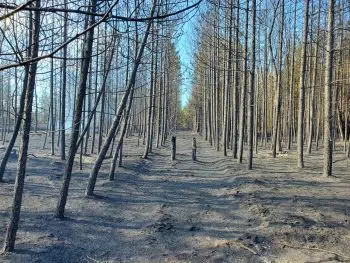
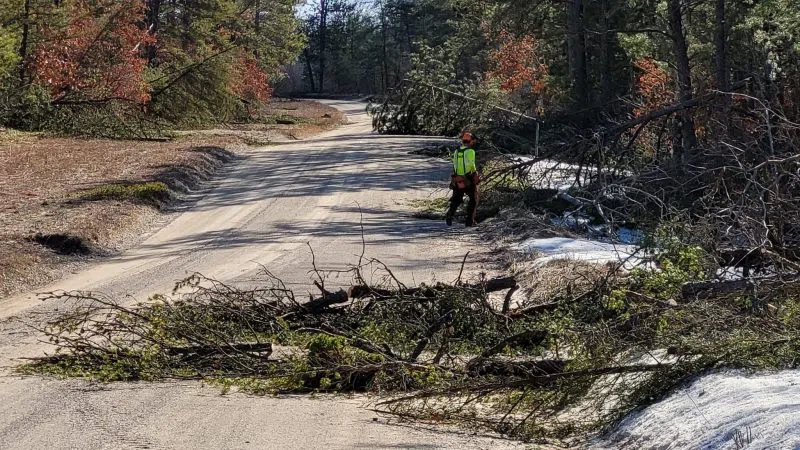

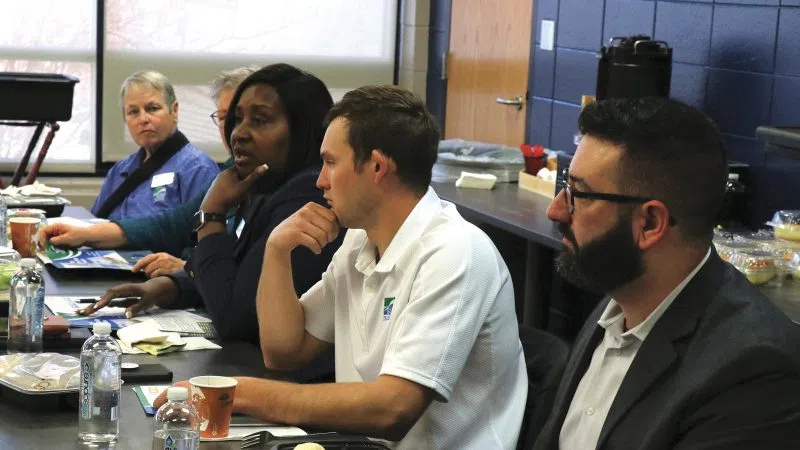


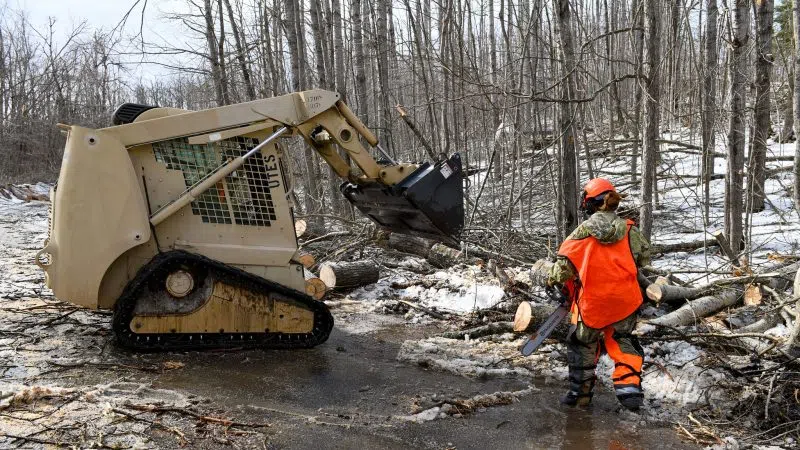
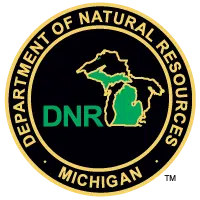
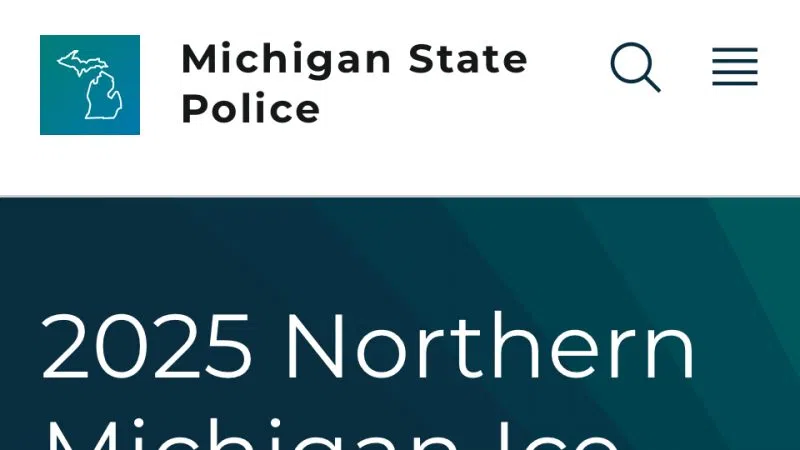



Comments